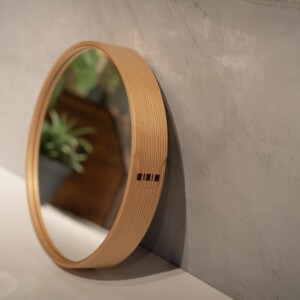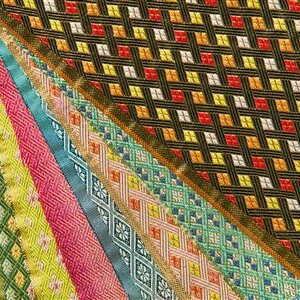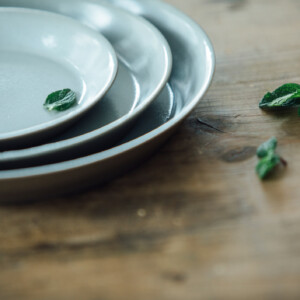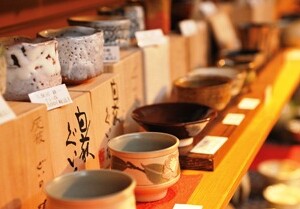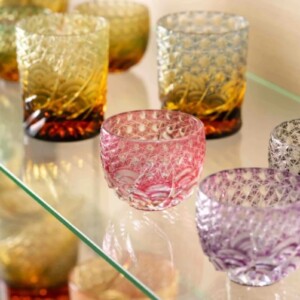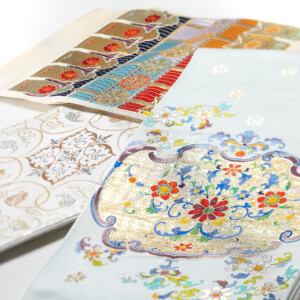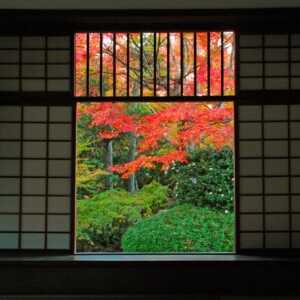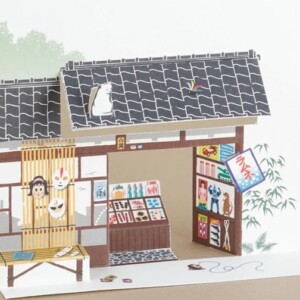
Explains the history and features of Tokyo silverware! Let’s learn about the charm of traditional crafts!
Tokyo Silverware” is a traditional craft produced mainly in Taito and Arakawa wards in Tokyo. As the name suggests, the main material used is silver, which is used for various items such as daily necessities, gifts, and souvenirs.
This article explains the history and characteristics of Tokyo silverware. We hope that you will learn about the charm of Tokyo silverware and become interested in traditional crafts.
What is Tokyo silverware?

Tokyo silverware is a metal craft made mainly in Tokyo. The raw material used is silver, with a purity of at least 92.5% of base metal silver. 1979 (Showa 54), the Minister of Economy, Trade and Industry designated it as a traditional craft, and today a wide range of products are made, including not only daily necessities, but also accessories and ear buds.
The techniques of Tokyo silverware are inherited by craftsmen such as forging, engraving, and finishing, and most of the production process is done by hand.
History of Tokyo Silverware
The history of Tokyo Ginji can be traced back to the Edo period. Let’s take a look at the history of Tokyo Ginji.
Origin of Tokyo Silverware
Tokyo silverware is said to have originated in the mid-Edo period (around 1650 to 1750). Various craftsmen such as silverware craftsmen called “Shiroganeshi” and metalworkers appeared, and a wide variety of works were produced, which was the beginning of Tokyo silverware.
However, the name “silverware” dates back even further, to the mid-Heian period (901-1068), when silver tableware and drinking vessels were mentioned in the Engishiki, a set of detailed regulations for the enforcement of the Ritsuryo law.
Development of Tokyo Silverware
The first time the name “Tokyo silverware” spread around the world was at the Universal Exposition held in Paris in 1867. At the Paris Exposition, the technique and artistry of Japanese silverware were recognized around the world and attracted many people.
Subsequently, by introducing European technology, silverware evolved further, and silverware with a variety of expressions never seen before was born.
In addition, after the war, the number of foreigners visiting Tokyo increased, and Americans in particular liked to buy silverware as souvenirs.
Silver products still loved today
Tokyo silverware was designated as a traditional craft by the Minister of Economy, Trade and Industry in 1979. Most of the products are daily necessities, but there are also various other items such as ornaments, accessories, earpieces, utensils, and jewelry. Since silver is harmless and does not cause allergies, cutlery such as baby spoons and candy cutters are also made.
Silver is often used as gifts and souvenirs, and many people are still attracted to its charms.
Features of Tokyo Silverware
Tokyo Silverware is characterized by the unique luster and graceful expression of silver. Tokyo silverware is made of silver with a purity of 92.5% or more of the base metal, using techniques such as “forging,” “engraving,” “kiribame,” and “brazing.
Most of the process is done by hand, and one of the characteristics is the unique taste that each craftsman produces. Silver reacts chemically with sulfide gas in the air, causing sulfidation. Although it loses its luster, silver products can be made to look antique by taking advantage of the sulfide phenomenon, and a variety of textures can be enjoyed, which is another attraction of silver products.
The process of making Tokyo silverware
There are four main processes in the production of Tokyo silverware: forging, engraving, kiribame, and brazing. Let’s take a look at the process of making Tokyo silverware.
Forging
Forging heats the base metal to be used in order to make it easier to process. Next, the area required for the piece is measured and cut into a circle with scissors. The final step is forging, in which a single sheet of metal is worked by beating it with a hammer.
The hammering gradually hardens the metal, so the process is repeated using a gas burner to heat the metal and then hammer it again.
Engraving and inlaying
Engraving is a technique to engrave patterns using chisels. The engraving process is carried out using various types of chisels while marking marks for ease of engraving. Kirifittate is a technique to cut out only the patterned part of base metal and fit it into other metals.
Soldering (finishing)
There are several methods of finishing, including
- Polished finish
- Stewed finish
- Kinkofurubi (gold-plated) finish
Polished finish is a method of polishing to a luster. The “Stewed Finish” is a method of coloring and washing with water using baking soda, plum vinegar, grated daikon radish juice, etc. The “Kinkobi” is a method of applying Kinkobi liquid and drying in the sun. Kinkobi is done by applying Kinkobi liquid to the base metal and drying it in the sun. This method is made by using baking soda and other ingredients to care for the piece while it is being made.
Conclusion
Tokyo silverware is a metal craft created in the mid-Edo period, and is currently made mainly in Tokyo. As the name suggests, silver is used as the raw material, and it is used for a wide range of products, from daily necessities to gifts and souvenirs.
Silver is harmless and long-lasting, making it easy to use and characterized by its elegant luster. Even today, many people use Tokyo silverware. We hope you will enjoy the charm of Tokyo silverware by referring to this article.
Reference source: Tokyo Silverware | Bureau of Industrial and Labor Affairs, Tokyo Metropolitan Government
Reference source: Tokyo Silverware | Traditional Crafts in Tokyo | Tokyo Traditional Craftsmen’s Association



